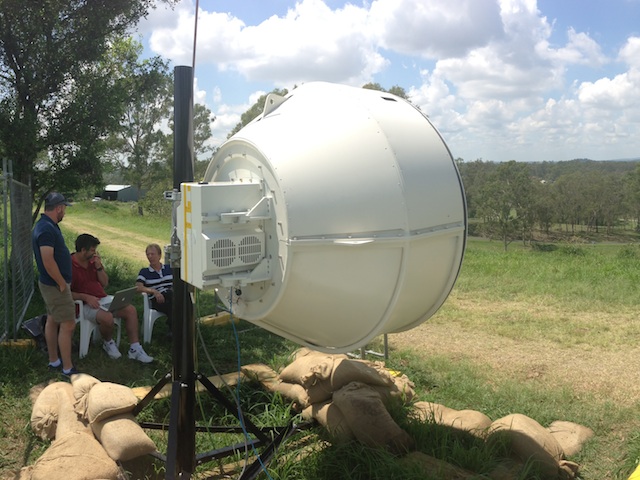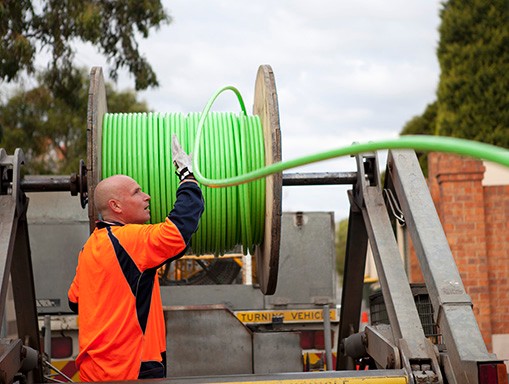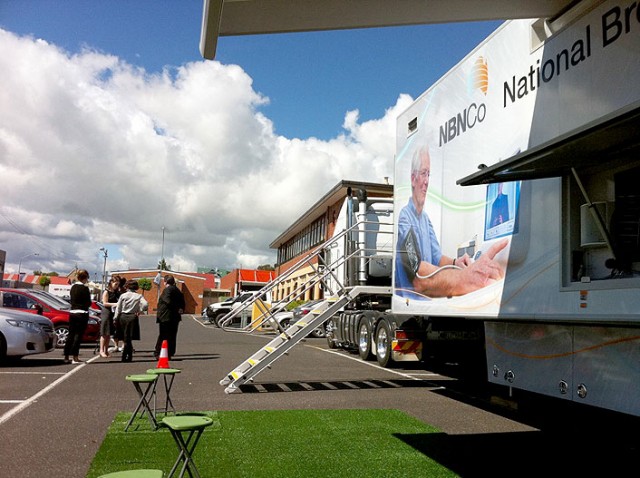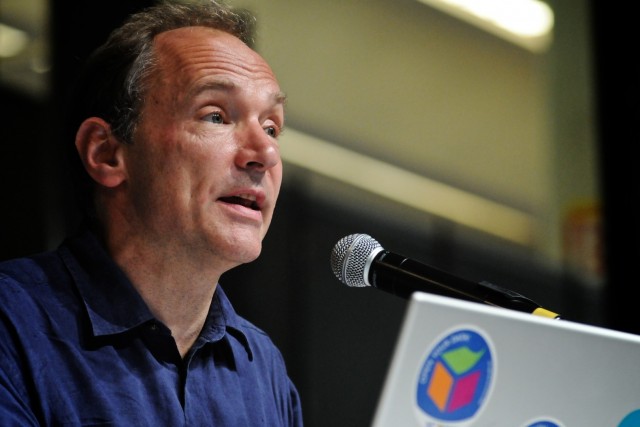Australia’s government research agency, the CSIRO, released a somewhat alarming media alert this morning warning that our cities are approaching Peak Data.
Peak Data, which borrows from the ‘Peak Oil’ term coined in the 1970s to describe the point where oil production reaches a maximum, is where we run out available bandwidth on our wireless networks.
The release is around the agency’s new report, A World Without Wires, where the agency lays out its view of the future of cellular and radio communications.
“In the future, how spectrum is allocated may change and we can expect innovation to find new ways to make it more efficient but the underlying position is that spectrum is an increasingly rare resource,” says the CSIRO’s Director of Digital Productivity and Services Flagship Dr Ian Oppermann.
“With more and more essential services, including medical, education and government services, being delivered digitally and on mobile devices, finding a solution to “peak data” will become ever more important into the future.”
The wireless data paradox
It’s a paradox that just as we’re entering a world of unlimited data, we have limitations of what we can broadcast wirelessly as radio spectrum becomes scarce and contested.
With fixed line communications, particularly fibre optics, available spectrum can be relatively simply increased by laying down more cables – wireless only has one environment to broadcast in – so finding ways of pushing more data through the airways is what much of the CSIRO’s paper addresses.
For telecommunications companies, this presents both a challenge and an opportunity; the challenge being squeezing more data into limited spectrum while the opportunity lies in charging more for guaranteed connectivity.
The latter raises questions about network neutrality and the question of whether different types of traffic across wireless networks can be charged differently or given differing levels of priority.
Distributing the load
This also gives credence to the distributed processing strategies like Cisco’s Fog Computing idea that takes the load off public networks and can potentially hand traffic over to fixed networks or point to point microwave services.
While M2M data is tiny compared to voice and domestic user needs, it does mean business critical services will have to compete with other users, both in the private Wi-Fi frequencies or the public mobile networks spectrum.
Overall though, the situation isn’t quite as dire as it seems; technological advances are going to figure out new ways of stuffing data into the available spectrum and aggressively priced data plans are going to discourage customers from using data intensive applications.
A key lesson from this though is those designing, M2M, Internet of Things or smart city applications can’t assume that bandwidth will always be available to communicate to their devices.
For the Internet of Things, robust design will require considering security, latency and quality of service.





